Rose Payten
Rose Payten Drive is named after one of the great sporting personalities of Campbelltown. Rose Payten's remarkable sports career is unparalleled, and she is remembered for both her prowess and good sportsmanship.
Born in 1879 at "Woodbine" at Campbelltown Road Leumeah, Rose Payten was a natural sportswoman, but it was as a tennis player that Rose really shone. At the New South Wales Open Tennis Tournament in 1901 she won the triple crown - singles, mixed doubles, and the women's doubles! It was an unprecedented feat to win all three titles, which Rose would repeat for the next 3 years running. In 1907 she again won the treble at the New South Wales Open, and then announced her retirement from tennis. For seven years she had been unbeaten at singles tennis. Following her retirement Rose took up breeding and training harness ponies, winning major prizes at Agricultural Shows for many years. She also developed a keen interest in golf, and in 1930, 31, 34, 36, 38 and 39 won the Ladies Golf Championship of the Campbelltown Club. Rose died at the age of 71 on the 9th May 1951, at "Woodbine". She is buried in St Peter's Anglican Cemetery.

(Sourced from Macarthur Advertiser)
Fred Moore
Fred Moore was Mayor from 1901 to 1909, and again from 1914 to 1919. Fred Moore brought much needed stability to the Mayorship. He was Mayor from 1901 to 1909, and again from 1914 to 1919. He was 30 when he stood for mayor, and was a man of wealth and social position. Under his leadership roads were improved, finances reined in and the town green upgraded. His popularity and faith in his leadership were clear when he continued to be re-elected. After a break of five years he again became Mayor in 1914 and led Council through the World War I years. After 16 changes of mayor since 1882, Fred Moore would hold the mayorship for a total of thirteen years bringing much needed stability to the council.
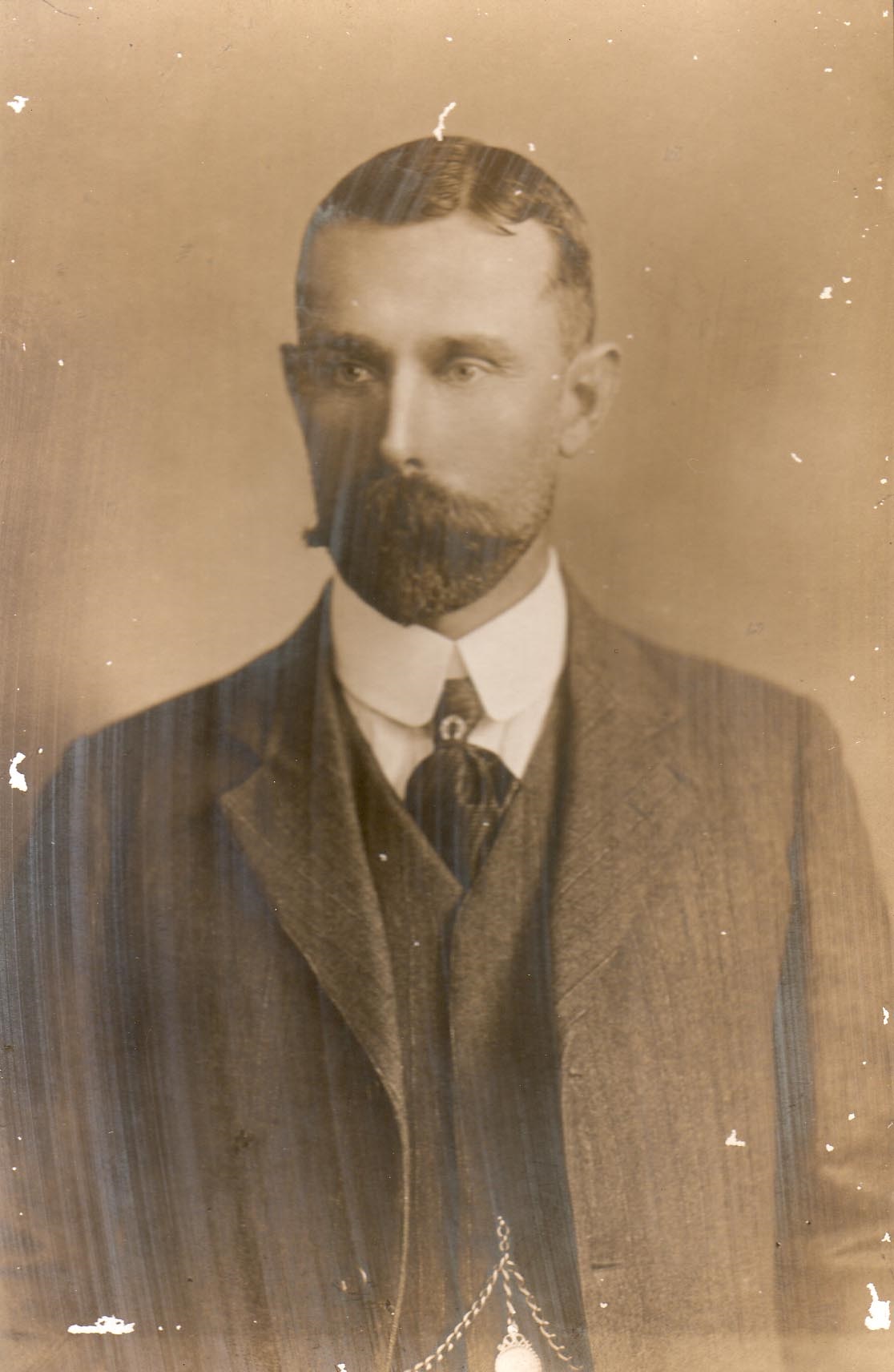
(Sourced from Macarthur Advertiser)
Local fashion worn by residents of Campbelltown
Dorothy Gore shows off the latest fashions of the early 1900s here in Campbelltown.
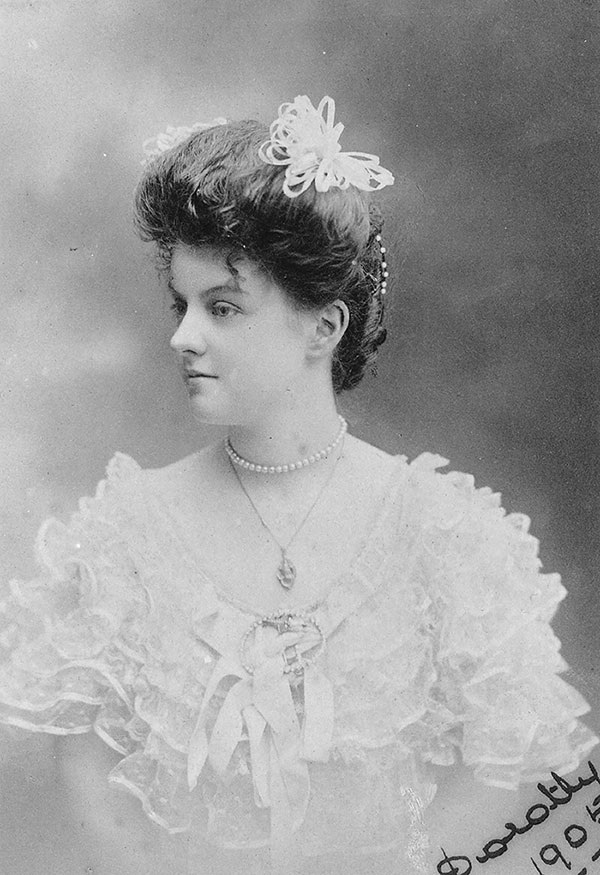
(Image sourced from Gore Family Collection)
Two unidentified local gents looking very dapper in their attire, typical of the time.
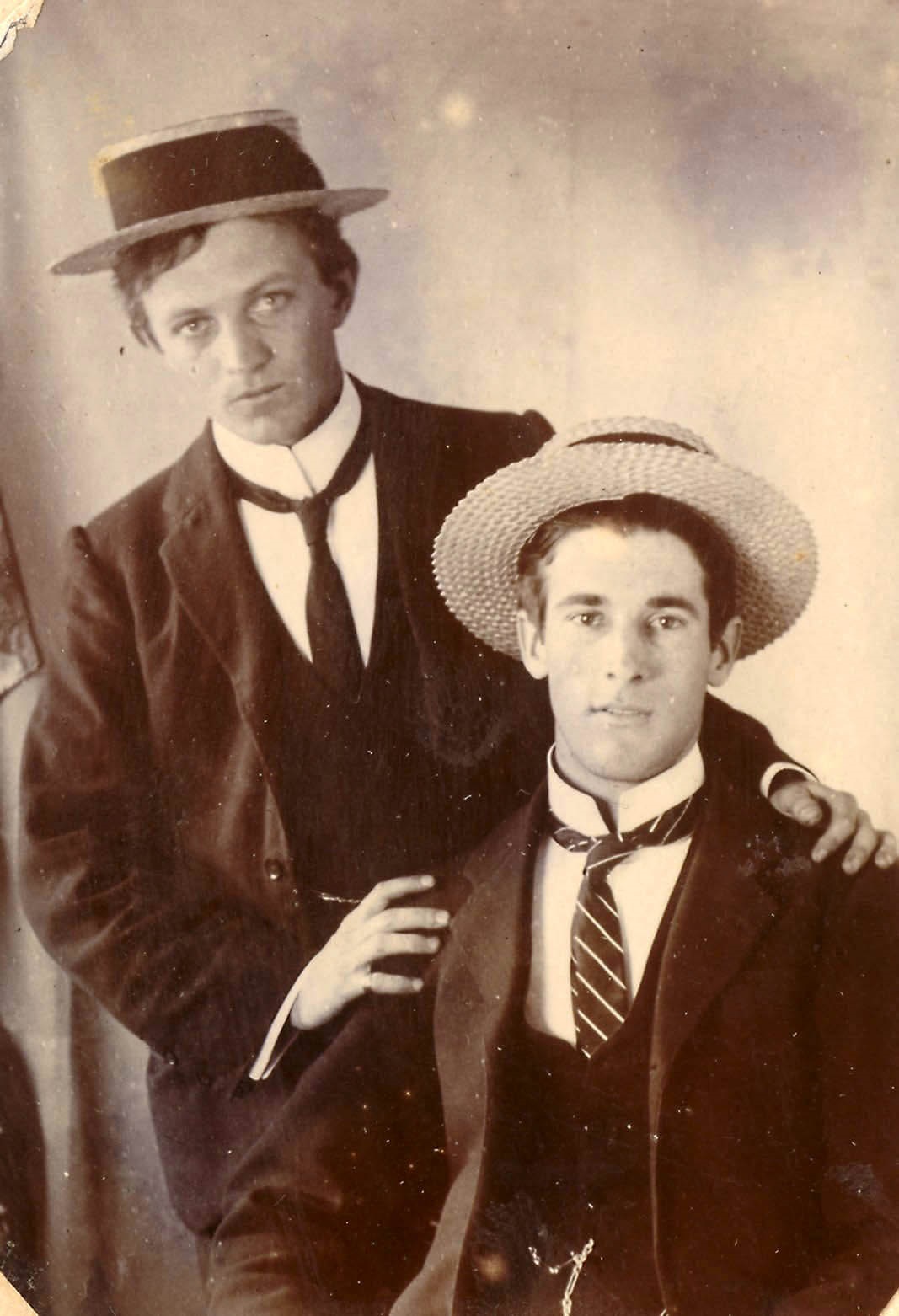
(Image sourced from Gore Family Collection)
Local family- The Longhursts
A portrait of the Longhurst family, pioneer settlers of the bush east of Campbelltown. They came from Kent, hence the name Kent Farms which eventually evolved into Kent Lyn, then Kentlyn.
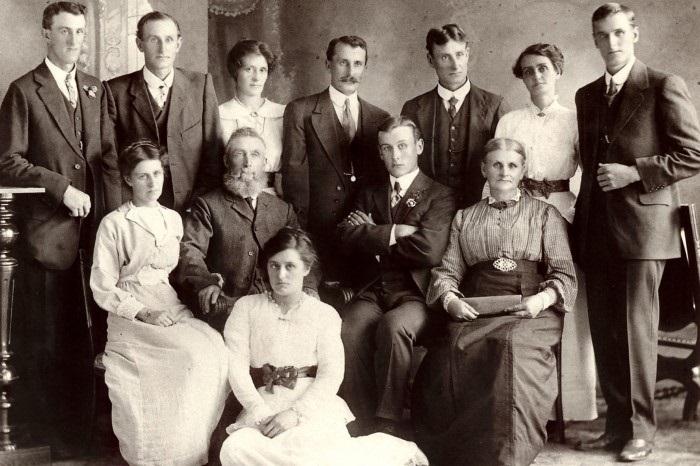
(Image sourced from Gore Family Collection)
The Original Kangaroos
It features the original Kangaroos (then Wallabies) team from back in 1908/9.
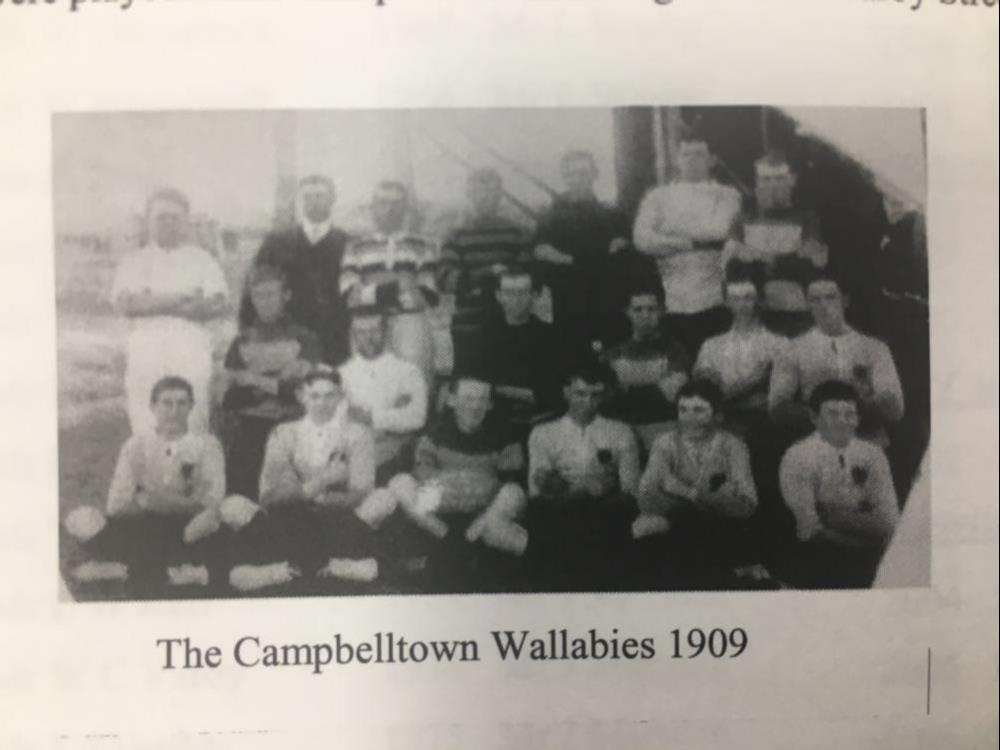
(Image sourced from Wests Group Macarthur)